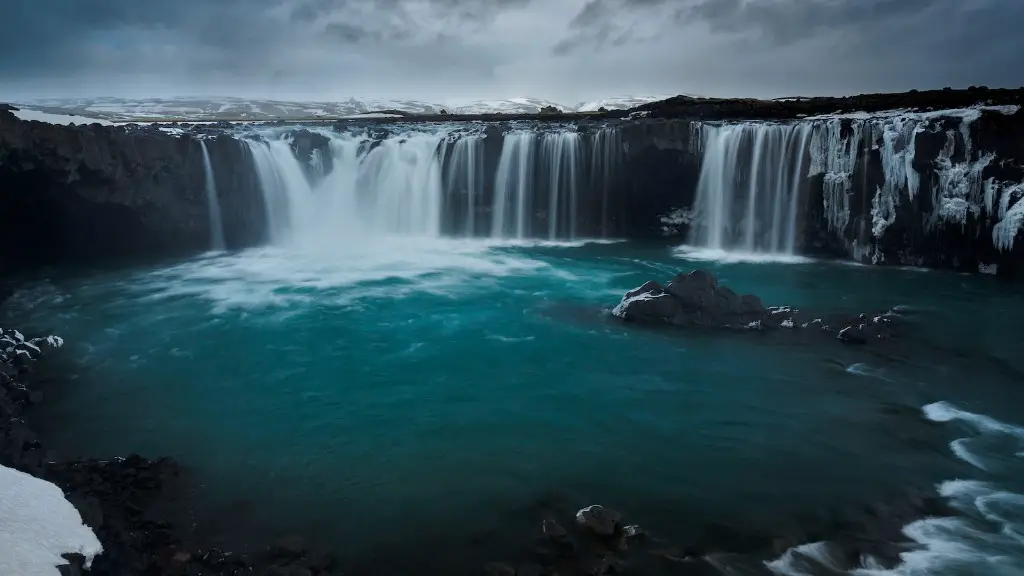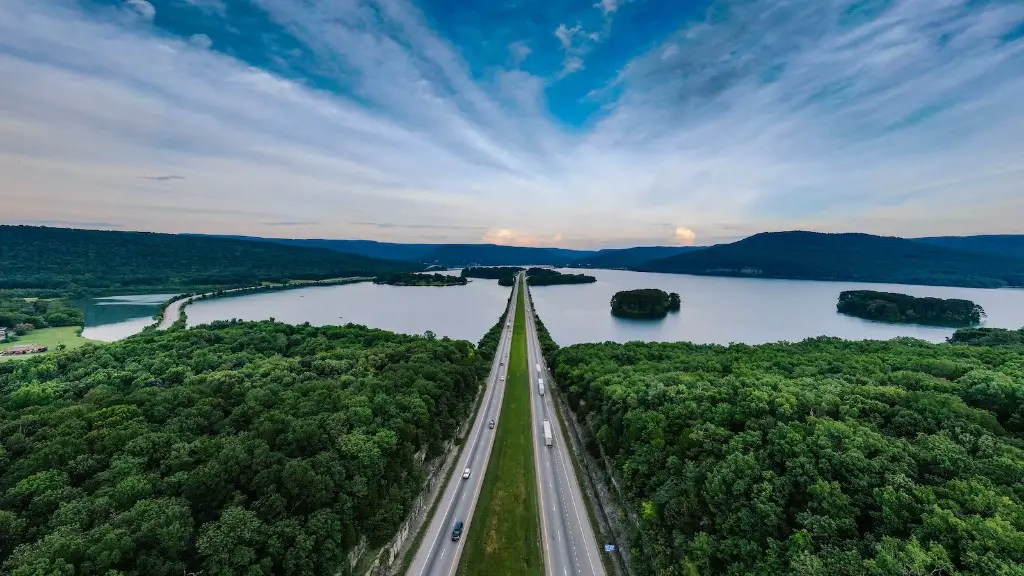There is much debate surrounding the true cause of illness for those who bathe in the Ganges River. Some say that the river itself is the root of the problem, while others claim that poor personal hygiene is to blame. Regardless of the cause, it is clear that many people do get sick after coming in contact with the water.
There is no single answer to this question as people’s susceptibility to illness from contact with the Ganges River varies depending on individual factors. Some individuals may have weakened immune systems or preexisting conditions that make them more prone to falling sick after coming into contact with the river’s waters. Others may be perfectly healthy and yet still contract an illness from the Ganges River due to bad luck or exposure to a particularly virulent pathogen. In general, however, it is safe to say that coming into contact with the Ganges River does pose some risk of contracting an illness.
What sickness is in the Ganges River?
Water in the Ganges has been correlated to contracting dysentery, cholera, hepatitis, as well as severe diarrhoea which continues to be one of the leading causes of death of children in India. In order to prevent these water-borne diseases, it is important to ensure that the water is clean and safe to drink. This can be done by boiling the water or using a water purification system.
The river Ganga is one of the most important rivers in India. It is considered sacred by the Hindus and is worshiped as the Mother Ganga. The river provides freshwater to millions of people living in the regions through which it flows. It is also used for fishing, irrigation, and bathing.
How do people not get sick from the Ganges
There is a belief among some people that locals have built up an immunity to the river’s bacteria, even if their mission is to clean it up. However, according to Sue Lennox, chief executive of OzGreen, the idea that people who bathe in the river don’t get ill is a myth.
The pollution of the Ganges is a huge environmental issue. Every day, around three million litres of sewage is emptied into the river – and only about half of that has undergone any kind of treatment. This has led to the river’s waters being so dirty that it’s considered one of the most polluted waterways in the world.
There are a number of reasons why the pollution of the Ganges is such a big problem. Firstly, the river is sacred to Hindus and is used for religious ceremonies. This means that many people are exposed to the pollution on a daily basis. Secondly, the river is a major source of water for both drinking and irrigation. This means that the pollution is having a major impact on the health of those who rely on the river for their water needs.
The pollution of the Ganges is an issue that needs to be addressed urgently. The Indian government has been working on a number of initiatives to try and clean up the river, but more needs to be done. It’s important that we all play our part in protecting this important waterway.
What happens when you bathe in Ganges river?
Bathing in the Ganges is a ritual that is believed to purify a person’s soul and help them achieve salvation. Spreading one’s ashes in the river after death is also thought to help improve their karma and hasten their journey to the afterlife.
The river is a vital water source for hundreds of millions of people. It provides water for drinking, bathing, and irrigation. The river and its tributaries are important for the environment and the economy.
Why is the Ganges River so dirty?
The Ganges is a vital river in India, not just for the country’s inhabitants but also for the environment. The river is under threat from a number of issues, including the removal of water for farming and other uses, the construction of dams and barrages, and pollution from homes and industries. If these threats are not addressed, the Ganges could become a shadow of its former self, with devastating consequences for all who depend on it.
The Yamuna is one of the most polluted rivers in the world. The river flows for 855 miles (1,375km) from its source in the Himalayas, through the metropolis of New Delhi. The Yamuna is highly polluted with sewage and industrial waste. The pollution is so bad that the river is often referred to as a “sewer”. The pollution is having a detrimental effect on the environment and the health of the people who live near the river.
Which bacteria is in Ganga water
The bacteria found in Ganga water is Coliform bacteria. This is a type of bacteria that is found in the environment and in the gastrointestinal tract of animals. Coliform bacteria are not harmful to humans, but they can indicate the presence of other harmful bacteria in the water.
Hindus believe that sins accumulated in past and current lives require them to continue the cycle of death and rebirth until they are cleansed. If they bathe at the Ganges on the most auspicious day of the festival, believers say they can rid themselves of their sins.
Does the Ganges River smell?
The paragraph above describes the pollution present in the Ganges river. The effluents from the tanneries are poisoning the water and making it unsafe for people to bathe in. The situation is made worse by the fact that the Kumbh Mela is happening soon. This is a Hindu festival where people come from all over to take baths in the Ganges. If the pollution is not cleaned up soon, there could be disastrous consequences.
The scientific reason for the cleanliness of the water of river Ganga is that it contains Bacteriophages, the viruses that eat bacteria, which don’t allow bacterial growth. Bacteriophages are found in the waters of Ganga and they help to keep the water clean and free of bacteria.
Is Ganga water clean now
The has become clean now.
A dip in the Ganga can rid you of your sins as long as it is the Ganga of Self Knowledge and not just a mere river.
Why do people swim in Ganges?
The Ganges is a holy river for Hindus and is considered to be a purifying experience. Many pilgrims come to Varanasi every year to bathe in the river and wash away their sins.
The Ganges basin is being cleaned intensively which has resulted in improving the water quality to never-before standards. It is reported that the basin has been cleaned to such an extent that the water quality has improved significantly. The report further claims that the cleaning of the Ganga river is becoming a success story.
Are there sharks in Ganges
There are six species of river sharks found in the world, out of which the Ganges shark (Glyphis gangeticus) is endemic to India. It inhabits the River Hooghly in West Bengal, as well as the rivers Ganges, Brahmaputra, Mahanadi in the states of Bihar, Assam and Orissa.
The Ganges shark is a large, aggressive species of shark that can grow up to 3.5 meters in length. It is a top predator in the rivers it inhabits and is known to attack and eat both humans and other animals.
Despite its dangerous reputation, the Ganges shark is actually a very shy and reclusive creature that is rarely seen by humans. It is thought to be on the brink of extinction due to overfishing and habitat loss.
The river here is home to crocodiles and Gangetic dolphins, but numbers are not known. Though crocodiles are spotted in the river occasionally, it is arguably for the first time that one ventured into a human habitat, Tiwary said. Currents of the Ganga, which is in spate now, could have pushed the crocodile out.
Conclusion
No, people do not get sick from the Ganges River.
The Ganges River is one of the most sacred and important rivers in Hinduism. It is also one of the most polluted rivers in the world. Every year, millions of Hindus bathe in the river as part of their religious ceremonies. Many of them also drink the water. As a result, thousands of people get sick from waterborne diseases every year. While the river is an important part of Hinduism, its pollution is a major problem that needs to be addressed.





